Entry Category: Science and Medicine
aka: Tapeworms
Chandler, Florence Clyde
 Children's Drug Store
Children's Drug Store
 Children's Drug Store Ad
Children's Drug Store Ad
 Chipping Sparrow
Chipping Sparrow
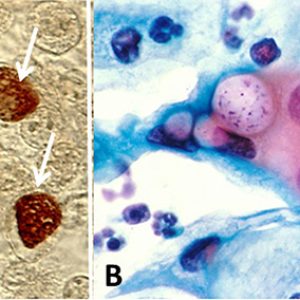 Chlamydia and Infections
Chlamydia and Infections
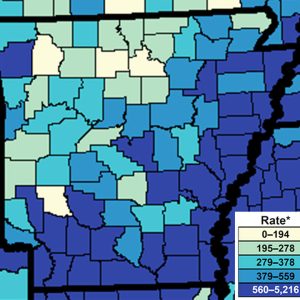 Chlamydia in Arkansas
Chlamydia in Arkansas
 Choctaw Bridge
Choctaw Bridge
Cholera
Chordate Parasites
aka: Parasitic Chordates
Chowning, Frank Edwin
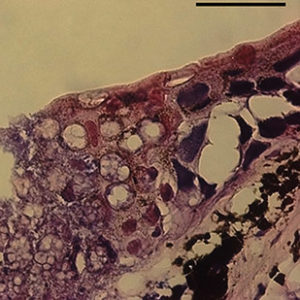 Chytrid Fungus
Chytrid Fungus
Chytrid Fungus
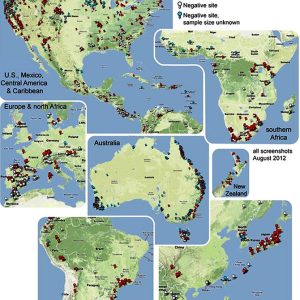 Chytrid Fungus Distribution
Chytrid Fungus Distribution
Civil War Medicine
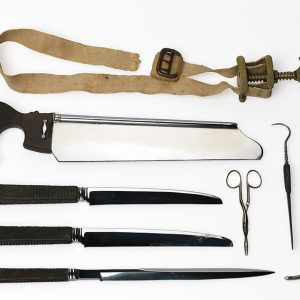 Civil War Surgical Instruments
Civil War Surgical Instruments
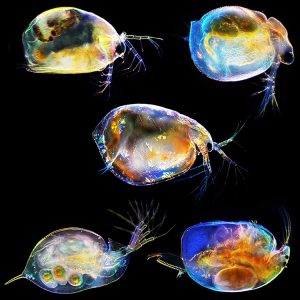 Cladocerans
Cladocerans
 Cladocerans
Cladocerans
Cladocerans
aka: Water Fleas
Clark, Mamie Katherine Phipps
 Mamie and Kenneth Clark
Mamie and Kenneth Clark
 Clegg Urn
Clegg Urn
Clegg, Moses Tran
Climate and Weather
Climate Change
aka: Global Warming
Cnidarians
aka: Hydroids
aka: Corals
aka: Jellyfishes
aka: Sea Anemones
Coccidia
 Cockroaches
Cockroaches
Cockroaches
aka: Blattodea
Coffin, Frank Barbour
Coggs, Granville Coleridge
Collembollans
aka: Springtails
 Common Buckeye
Common Buckeye
Community Mental Health Centers
Conway Regional Health System
 Conway Regional Hospital
Conway Regional Hospital
Coronavirus Disease 2019 (COVID-19) Pandemic
 Corps of Engineers Sign
Corps of Engineers Sign
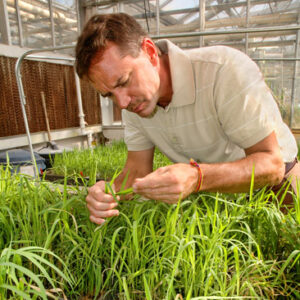 Dr. Jim Correll
Dr. Jim Correll
 Cossatot River Bridge
Cossatot River Bridge
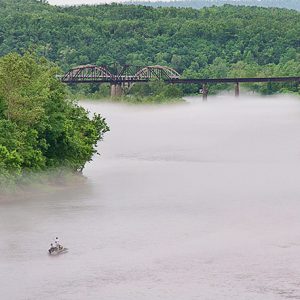 Cotter Bridge
Cotter Bridge
 Cotter Bridge
Cotter Bridge
 Cotter Bridge Construction
Cotter Bridge Construction
 Cotter Bridge Construction
Cotter Bridge Construction
Cotter Bridge
aka: R. M. Ruthven Bridge
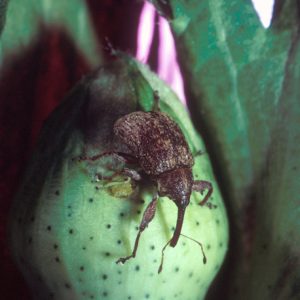 Cotton Boll Weevil
Cotton Boll Weevil
 Cottonmouth
Cottonmouth
 Cotylaspis insignis
Cotylaspis insignis
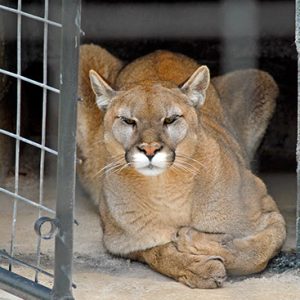 Cougar
Cougar




